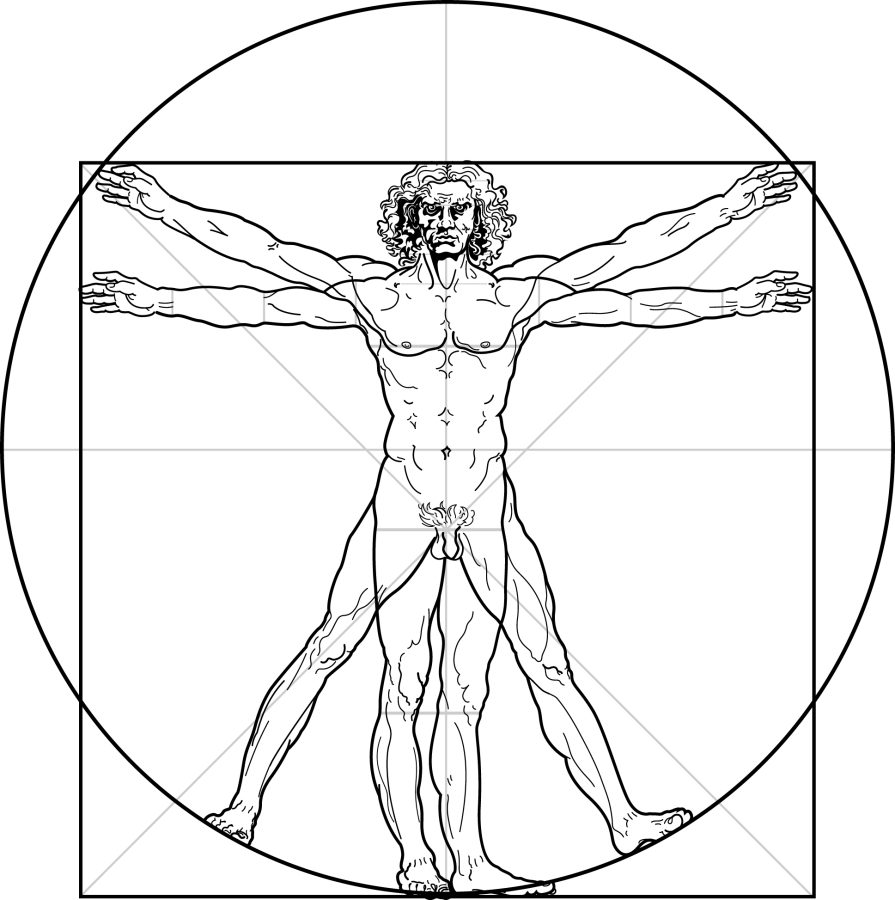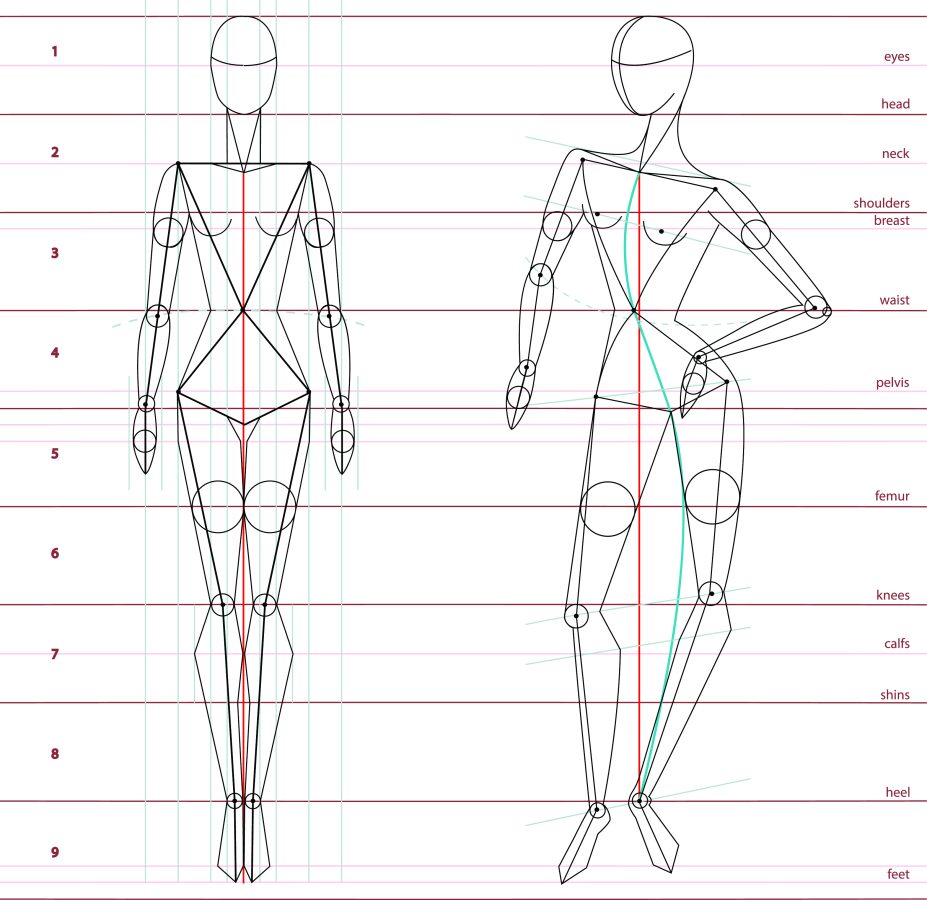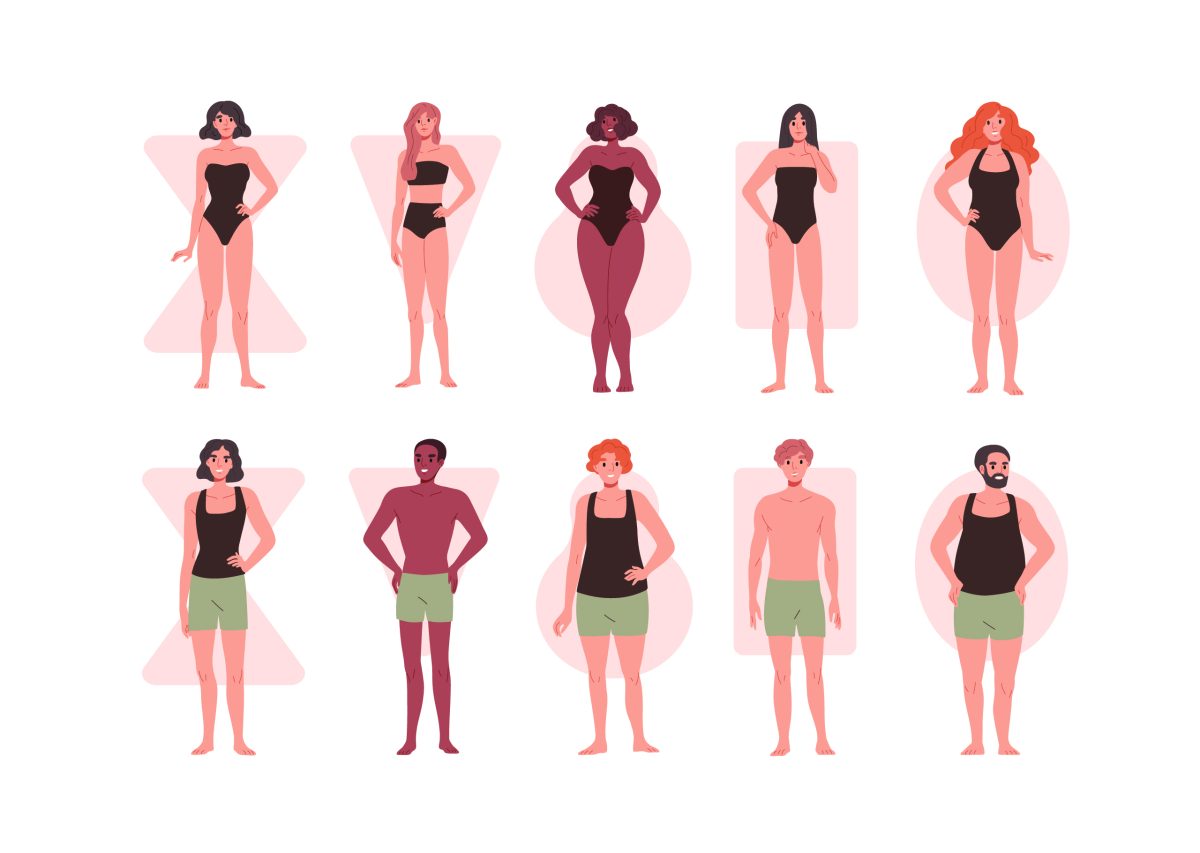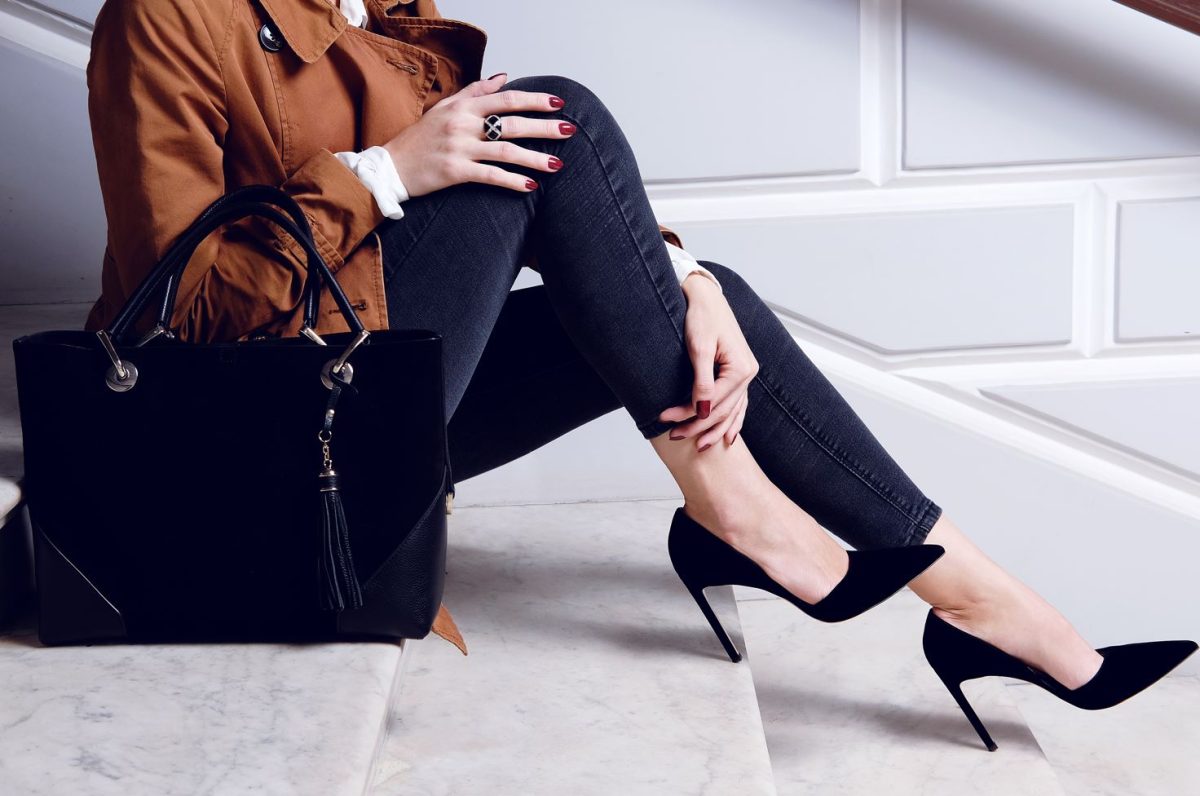Have you ever heard somebody refer to themselves as having a long or short midsection and started to wonder what they are actually supposed to? Yes, I have. And, although I can tell if somebody has an amazingly long torso or long legs with a quick glimpse, I have trouble deciding my own body proportions. Knowing our body proportions, on the other hand, is one of the keys to figuring out how to dress and accessorize our body shapes. It is critical in the development of our individual styles.
So, What Exactly Is Body Proportions?

Generally speaking, you can easily decide your body type by just looking at your body’s cutout from the front. It is obtained by measuring the outer diameter of your thighs, hips, waist, and shoulders rather than the diameter of your shoulders, waist, hips, and thighs. It’s the outward appearance of your body frame. In addition, your body shape is typically known as your lateral body shape.
Your body proportions, on the other hand, might be regarded as your vertical body shape. So, when we discuss body proportions, we mean your “measurements” from top to foot. We are primarily fond of the length of your top half in contrast to the length of the bottom half of your legs. But I am about to get to that in a moment.
Leonardo Da Vinci proposed that a balanced person is eight head lengths tall and that the torso is classified into the following equivalent measurements:
- from the top of the head to the bottom of the chin
- from the bottom of the chin to the middle part of the bust
- from the middle of the bust to the natural waist
- natural waist-to-leg split
- break in the leg to the mid thigh
- bend from the middle of the thigh to the knee
- Knees should be bent to the mid-calf level
- from the middle of the calf to the bottom of the foot
Needless to say, none of us are made up of precisely eight equal parts. We are, after all, more distinctive than fractal patterns. However, by measuring these eight parts of our bodies, we can ascertain which is longer, either our legs or our torso. So, while we start measuring every one of the eight portions, we are actually comparing the total length of the first four sections (also our torso) to the total length of the last four sections (or our legs).
Why Do You Need To Know Your Body Proportions?

The Golden Mean or Golden Ratio is well known among photographers, artists, and computer scientists. According to this golden rule, the most visually appealing proportions in the art are typically from a 1/3 to 2/3 ratio. To put it another way, our eyes typically tend to anticipate space to be divided into thirds, but we prefer to see consistency in two-thirds of the space and something distinct in the remaining third. Do you understand what I’m saying? Can you think of another example of how this makes you happy? Perhaps you are attracted to art, a shelf show you have made in your home, or an outfit you have gotten lots of compliments on?
So, now that we know our human bodies can be short or long waisted, we actually realize we might need to get a little more creative with our garments in order to get that visually attractive Golden Ratio on our body shapes. So when we figure out our body proportions, we are actually getting a sense of the “canvas” that we are dressing.
How to Determine Your Body Proportions?

Acquire a yard-long piece of ribbon or thread. You can, but you don’t necessarily have to; also, use a measuring tape. Simply measure the length between the mentioned points down below using a thread or ribbon. So just go on and complete all eight distances first.
- from the top of the head to the bottom of the chin
- from the bottom of the chin to the middle part of the bust. Generally speaking, this point shifts downward as we age. If you are wearing a nice bra, just pull it up to the place it should be.
- from the middle of the bust to the natural midsection. Usually, your natural midsection is where you curve at the midsection; it might or might not be at your lower abdomen or belly button.
- from the natural midsection to leg break. Generally, the leg break is the place where your leg curves away from your body; it should be a little bit higher than your crotch; look for creases in your trousers.
- from the leg break to the middle of the thigh
- from the middle of the thigh to the knee curve. In general, the kneed bend is the point at which your knee flexes. That was pretty self-explanatory.
- Knees should be bent to the mid-calf level.
- from the middle of the calf to the bottom of the foot. This is actually the base of your foot.

Basically, you could either note down measurements for every of these or simply compare the readings. Which areas required more thread, and which areas required less thread?
However, you might want to do more than simply quantify these eight parts. Try comparing the first four readings to the last four readings. This will determine whether you have short legs and a long torso or longer legs and a short torso. Alternatively, you could be roughly balanced between your top and bottom halves.
If your proportions are balanced, integrate the first two readings (from the top of the head to the middle of the bust) with the last two readings (from the knee bend to the bottom of the foot) and start comparing them to the middle readings (including middle bust to leg break and from leg break to the knee bend). This, as a consequence, will let you know whether you have a narrow or wide waist.
Only a few of us (in ratio) might be pretty comparable in all eight measurements, indicating that our bodies are reasonably balanced. However, the three most common body types are:
- Legs are longer than the torso.
- The legs are shorter than the torso.
- Upper and lower body balance, but the middle body is short.
If you happen to be balanced, you tend to have fewer limitations or recommendations when it comes to hemlines as well as other lengths. However, once again, only a few individuals are balanced. So, just don’t let that fool you. Ultimately, your body proportions are neither right nor wrong; they simply are. Understanding them will assist you in dressing in a manner that generates the gorgeous and aesthetically attractive Golden Ratio.
Dressing Your Body Proportions

For the time being, here are some interesting facts and handy tips:
We are quite often our skinniest where we are long. On the other hand, we are typically at our fullest or gain the most weight when we are short. And that is just a commonly held view, and it may make determining your proportions slightly easier.
- You should probably avoid horizontal lines and detailing in the shorter sectors.
- Always ensure that you are wearing a bra that is appropriately fitted and while lifting and supporting your bust. Because the middle bust is considered one of the places where we typically measure our body proportions, you could really see why lifted, and supported boobs are so important to our general look. If your breast’s midway point is too low, your middle part is considerably shortened. In this case, you just want to wear the right bra that can correct a plethora of proportion problems.
- Underscore your longer zones with details like plaids, floral prints, more color, and so on.
- If you have correspondingly shorter legs, dress nude shoes while wearing skirts or dresses to generate the illusion of a longer leg.
- To lengthen shorter zones, you can take advantage of vertical lines.
Where are you the shortest? Where have you been? Have you always been aware of your body proportions, or did this article assist you in discovering them? Can you recognize why your favorite clothes – the ones you get more compliments on – always look better on your body?

